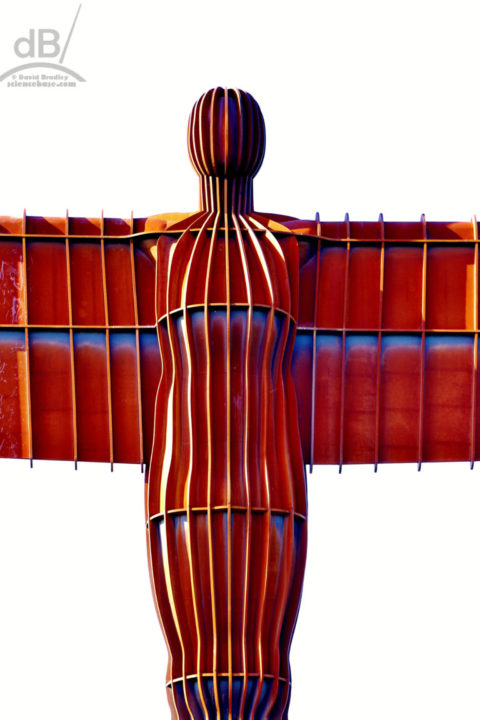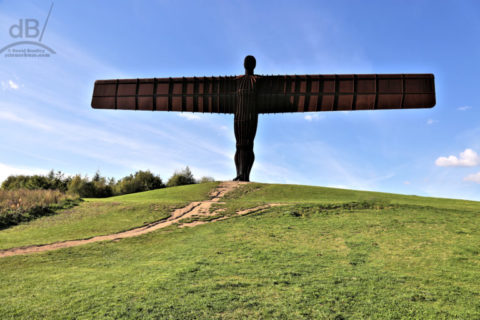A few of my archive photos of the archetypal Gormley statue – The Angel of the North



Antony Gormley’s famous sculpture, The Angel of the North, is a monumental public artwork located in Gateshead, England. The sculpture is made of steel and stands at 20 metres tall with a wingspan of 54 metres.
The Angel of the North was created by Gormley in 1998, inspired by a cast of Gormley’s own body, but it is intended to represent a more universal human form rather than Gormley himself. It has become an iconic landmark of the region. The sculpture resembles an upright human figure with outstretched wings but it also incorporates elements of a bird in flight and industrial machinery.
The sculpture’s pose and gesture suggest a sense of protection and guardianship, and it is intended to convey a message of hope and optimism for the future. The use of steel as a material is also significant, as it represents the industrial heritage of the region. Coal and steel and shipbuilding.
Gormley’s work often explores the relationship between the human body and space, and The Angel of the North is a prime example of this. The sculpture’s scale and location connect people with the open landscape of the surrounding area.
The Angel of the North has become a symbol of the north of England, and it has been embraced by the local community as a source of pride and identity. Its impact has been so great that it has been credited with helping in the regeneration of the area and attracting tourists.
Overall, The Angel of the North is a powerful and moving work of public art that speaks to the human spirit and the relationship between people and their environment. Its enduring popularity is a testament to Gormley’s skill as an artist and his ability to connect with audiences on a deep and meaningful level.